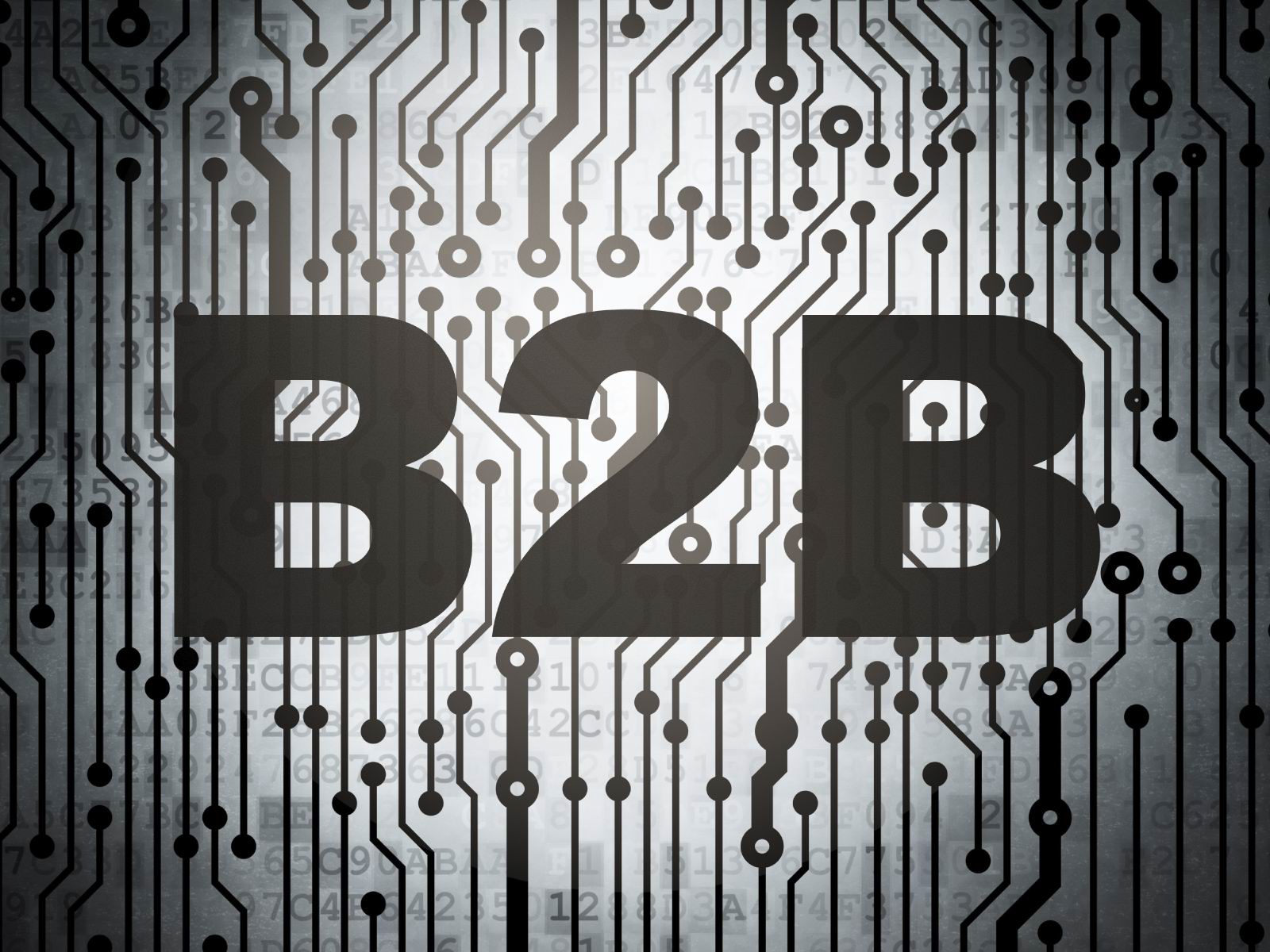DOING DAMAGE BY TRYING TO DO WELL
When companies start to dabble in international sales they typically go through a couple standard steps. There’s often some product localization (e.g. changing voltage, satisfying local labeling requirements and meeting regulatory guidelines.). They often assume that much of the marketing material needs to be translated into the local language – and at this early stage they often sabotage their efforts.
(As an aside, what purpose do product spec sheets serve? Has anyone, anywhere, ever landed a customer because of their product spec sheet? I dare say no. However, many great deals have been lost (some known, many unknown) due to (mis)interpretation of product data sheets. Do you really want to have them floating around in any language??).
TRANSLATION & LOCALIZATION
Translation providers all sound the same (here’s an industry that really needs to use inbound marketing to differentiate themselves!) They all:
- have well-trained staff with impressive credentials
- use native speakers
- translate context and idiom – not just the words.
Some take it a step further and offer tips on localization. This may include adapting the level of formality, suggesting layout formats/sizes, colors, fonts, imagery and tone that are appropriate culturally. (By the way, there is a huge amount of localization required for your marketing to work well across commonwealth countries too – not just find and replace of “or” with “our”!).
But in the end they are working with the materials they are provided. By definition they are applying a language mask to a design anchored in a different culture & context.
There’s absolutely a…
Read more | business2community.com

Recent Comments